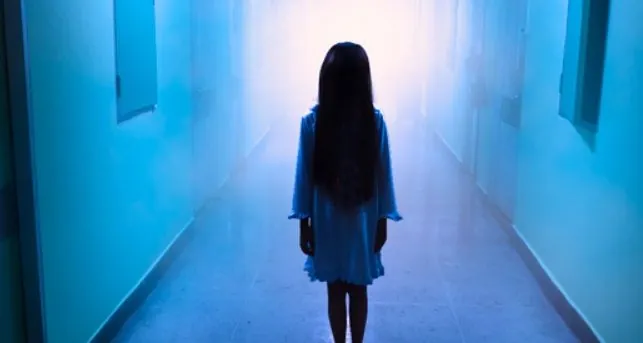Nightmares can be tamed with just a single piano chord.
If you experience nightmares while sleeping, there are ways to address this issue. According to Swiss studies, the solution lies in a specific piano chord.
Reports UNN referencing ScienceAlert.
Context
By utilizing non-invasive methods to manipulate emotions, it is possible to reduce the frequency of nightmares during sleep.
One of the non-invasive techniques is imagery rehearsal therapy, where patients rewrite their most distressing and frequent nightmares to give them a happy ending. They then "rehearse" this rewritten story to themselves, essentially trying to overwrite the nightmare.
Important detail: Researchers found that playing sounds associated with a specific stimulus during sleep helps enhance memory of that stimulus. This phenomenon is known as targeted memory reactivation (TMR). At the same time, it was necessary to determine whether this could improve the effectiveness of imagery rehearsal therapy (IRT).

The theory was investigated, with scientists proposing a combination of several treatment methods to 36 patients diagnosed with nightmare disorder. It turned out that the proposed therapy indeed helped reduce the frequency of their bad dreams.
How the study was conducted
Over two weeks, participants in the experiment maintained a dream and sleep diary. All volunteers received one session of IRT. At this point, half of the group underwent a TMR session, establishing a connection between a positive version of their nightmares and a sound.
The other half served as a control group, imagining a less frightening version of the nightmare without exposure to positive sounds.
Both groups were provided with sleep headphones that played a sound (the C69 piano chord) during sleep, every 10 seconds during the REM phase, when nightmares occurred most frequently.
The groups were evaluated after two weeks of additional diary entries and then again after three months without any treatment.
At the beginning of the study, the control group experienced an average of 2.58 nightmares per week, while the TMR group averaged 2.94 nightmares per week. By the end of the study, the control group’s nightmares decreased to 1.02 per week, while the TMR group dropped to just 0.19. Even more promising, the TMR group reported an increase in the number of happy dreams.
During the three months of observation, nightmares slightly increased in both groups, reaching 1.48 and 0.33 per week, respectively. However, researchers note that this still represents a significant reduction in the frequency of nightmares, suggesting that the use of TMR to support IRT leads to more effective treatment.
Let’s remember,
Healthy sleep is a vital component of overall well-being, yet many people struggle with falling asleep. To improve sleep quality, try making 7 beverages that have calming properties.